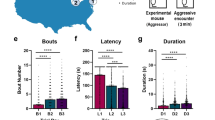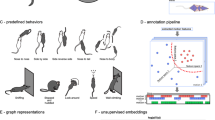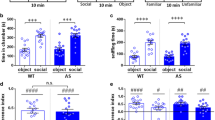Abstract
Among the models that become more and more popular in behavioral neuroscience are biosocial models, which allow studying the consequences of chronic social conflicts and social stress in animals. The sensory contact model appears to represent one of such models. Repeated experience of aggression or social defeats in daily agonistic interactions in male mice of different strains leads to the formation of opposing kinds of social behavior: one attributable to winners (aggressors) and another attributable to losers (defeated males, victims of aggression). A large variety of behavioral pathologies which develop in male mice in these conditions (anxious depression, catalepsy, social withdrawal, pronounced aggression, anxiety, hyperactivity, cognitive disturbances, anhedonia etc.), which are accompanied by somatic changes (reduced gonad function, psychogenic immune deficiency etc), suggest that this approach could be used for different aims of biomedical studies. Putative mechanisms of release and maintenance of aggressive and submissive behaviors in male mice under the sensory contact model, criteria of correct application, basic experimental setups and problem of the control, methodical capabilities and potentials of the sensory contact model applications are discussed in this paper.
Similar content being viewed by others
Article PDF
Author information
Authors and Affiliations
Corresponding author
Rights and permissions
About this article
Cite this article
Kudryavtseva , N. Sensory Contact Model: Protocol, Control, Applications. Nat Prec (2009). https://doi.org/10.1038/npre.2009.3299.1
Received:
Accepted:
Published:
DOI: https://doi.org/10.1038/npre.2009.3299.1
Keywords
This article is cited by
-
Social behavior effects of diphenyl dimethyl bicarboxylate (DDB) in the sensory contact model
Naunyn-Schmiedeberg's Archives of Pharmacology (2019)



